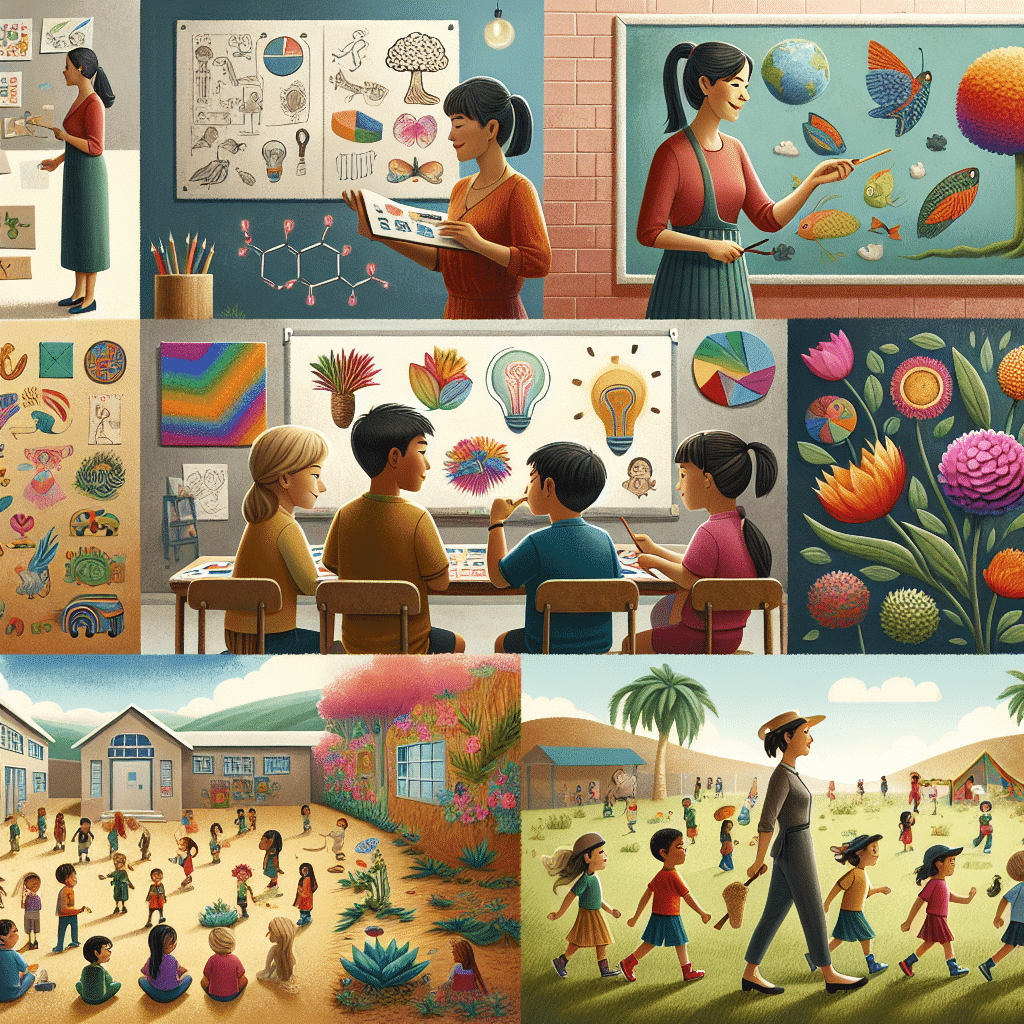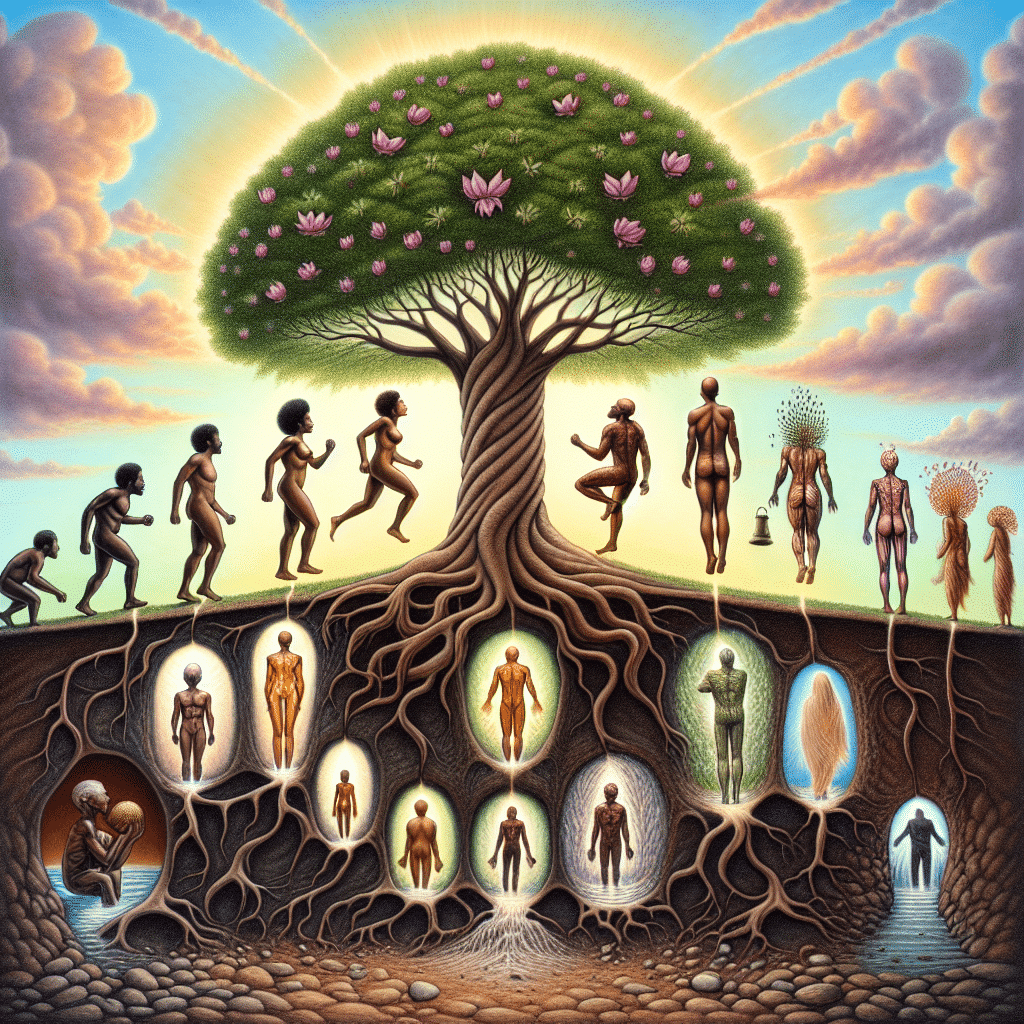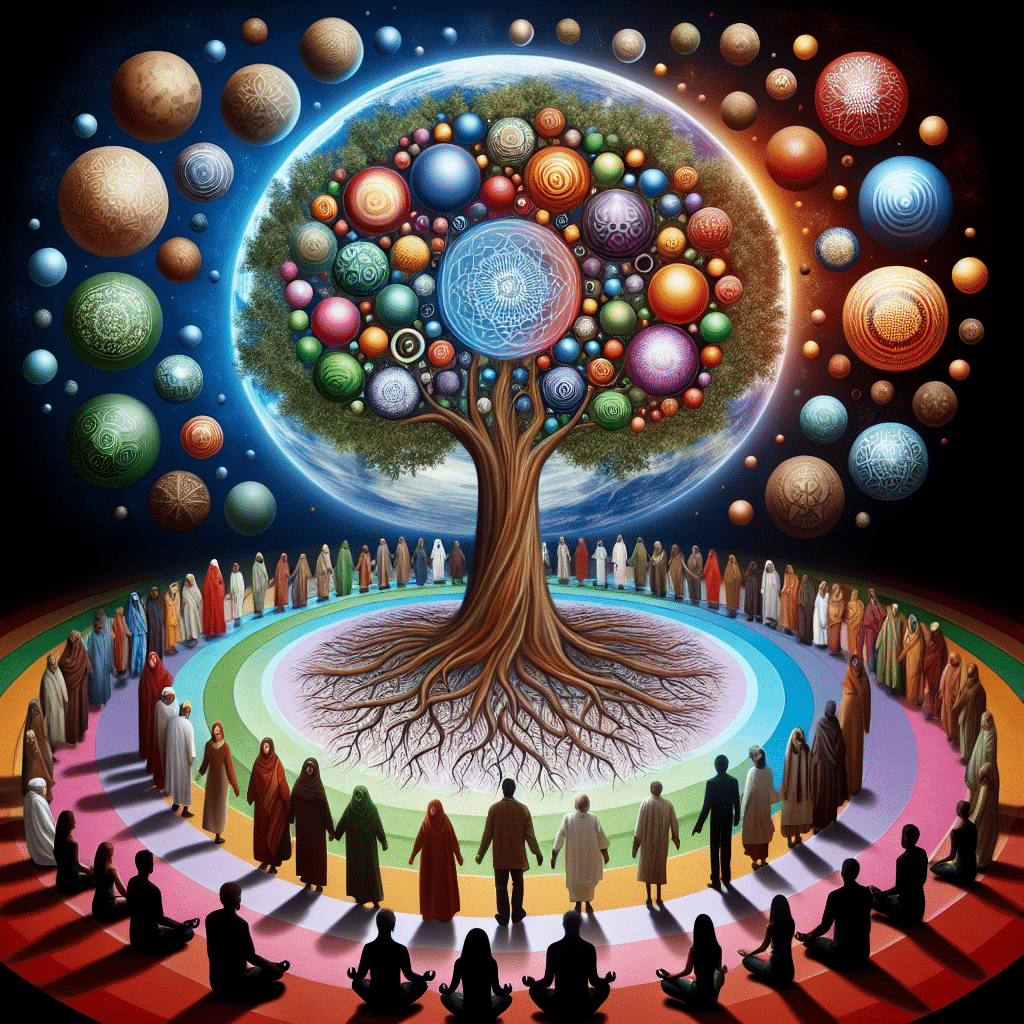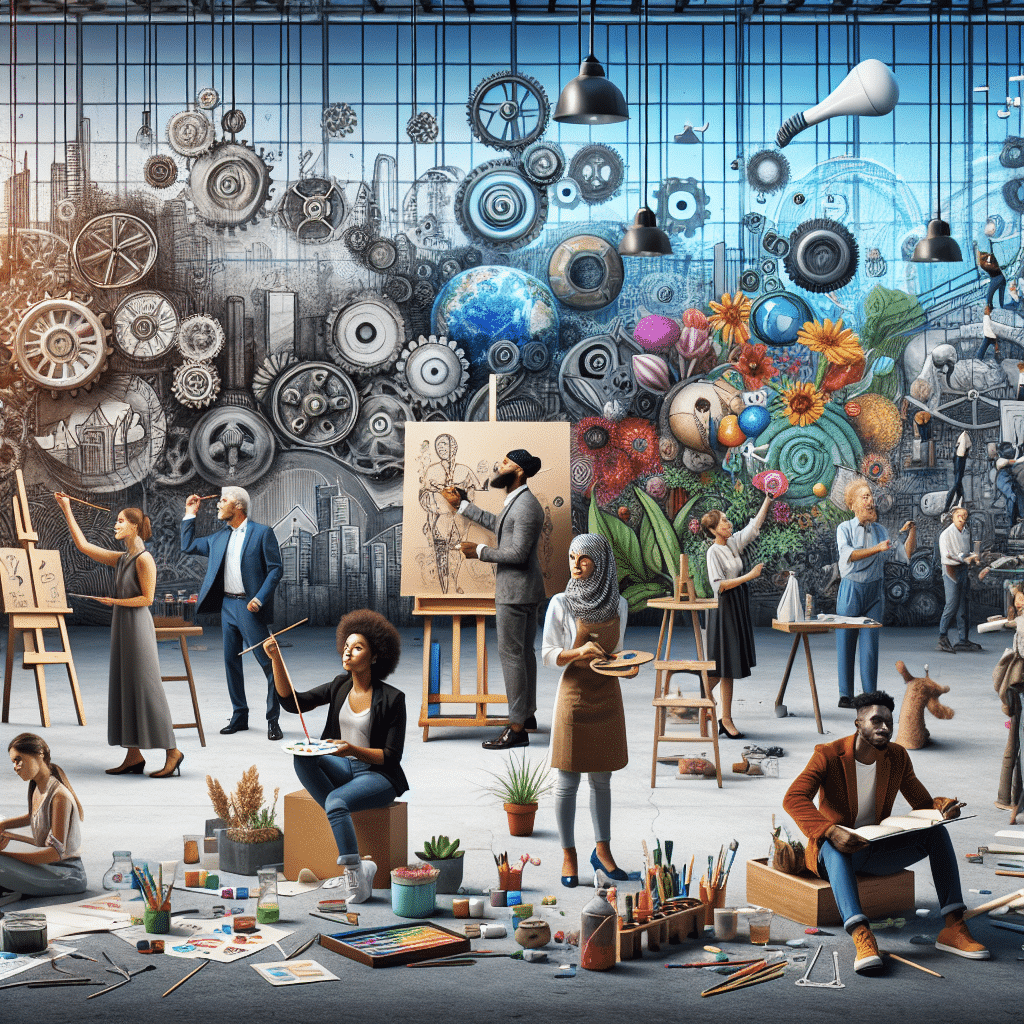
Benefits of Creativity in Productivity
Creativity plays a key role in enhancing productivity in the workplace. When individuals apply creative thinking to their work, they not only generate innovative solutions but also improve their efficiency and effectiveness. By incorporating creativity into their daily work routines, individuals can benefit in the following ways:
- Enhanced Problem-Solving: Creative thinking allows individuals to approach problems from new angles and perspectives, enabling them to find unique and efficient solutions.
- Innovation and Adaptability: Creative individuals are more likely to come up with innovative ideas and embrace change, leading to improved efficiency and competitiveness in the workplace.
- Intrinsic Motivation: Engaging in creative activities can enhance individuals’ intrinsic motivation, as they experience a sense of fulfillment and enjoyment from their work.
- Improved Collaboration: Creativity fosters a collaborative environment, as individuals with diverse perspectives can contribute their innovative ideas and work together towards a common goal.
- Increased Productivity: When individuals are encouraged to explore creative solutions, they can streamline processes, eliminate inefficiencies, and ultimately accomplish more in less time.
Creative Techniques for Boosting Productivity
In today’s fast-paced world, finding ways to boost productivity is essential for individuals and organizations alike. One effective method that has been gaining traction is leveraging creativity to enhance productivity. By incorporating creative techniques into your workflow, you can achieve improved efficiency, innovation, and overall success.
Here are some creative techniques that can help you boost productivity:
Mind Mapping
Mind mapping is a visual brainstorming technique that allows you to organize and connect ideas. It involves using words, images, and colors to create a visual representation of your thoughts. This technique helps stimulate your creativity, enhances information retention, and facilitates better problem-solving. By mind mapping your tasks, projects, or goals, you can gain clarity, prioritize effectively, and stay focused.
Imaginative Visualization
Imaginative visualization involves mentally picturing and immersing yourself in a desired outcome or goal. This technique aids in generating new ideas, boosting motivation, and increasing productivity. By vividly imagining successful completion of a task, you can align your thoughts, emotions, and actions towards achieving it. Imaginative visualization helps you maintain focus, overcome challenges, and ultimately, accomplish your goals more efficiently.
Collaborative Brainstorming
Collaborative brainstorming is a group technique that encourages the generation of creative ideas and solutions. By bringing together diverse perspectives and knowledge, you can tap into the collective creativity of your team or colleagues. This technique not only fosters a collaborative work environment but also stimulates innovation and productivity. Collaborative brainstorming sessions can lead to breakthrough ideas, improved problem-solving, and enhanced productivity.
Micro-habits
Micro-habits involve incorporating small, specific actions into your daily routine. By focusing on tiny changes, you can build positive habits that contribute to increased productivity. For instance, setting a goal of dedicating 10 minutes each day to a creative task or taking short breaks every hour can help recharge your mind, prevent burnout, and boost productivity. Micro-habits are an effective way to make incremental improvements and maintain long-term productivity.
Incorporating these creative techniques into your workflow can significantly enhance your productivity. However, it’s important to remember that creativity needs time and space to flourish. By implementing effective time management strategies and creating a conducive work environment, you can maximize the benefits of creativity for productivity.
III. Effective Time Management Strategies for Creative Work
When it comes to creative work, time management plays a crucial role in enhancing productivity. Here are some effective strategies to manage your time effectively while nurturing your creativity:
1. Prioritize Tasks
Prioritizing your tasks is essential for ensuring that your creative work gets done. Identify the most important and urgent tasks and tackle them first. This will help you stay focused and prevent procrastination.
2. Set Realistic Deadlines
Setting realistic deadlines for your creative projects is important for avoiding unnecessary stress and ensuring that you have enough time to think and brainstorm ideas. Be mindful of your creative process and allocate sufficient time for ideation, conceptualization, and execution.
3. Use Time Blocking
Time blocking is a technique that involves allocating specific time blocks for different tasks or activities. By scheduling dedicated blocks of time for your creative work, you can ensure that you have uninterrupted periods of focus and productivity.
4. Take Regular Breaks
While it may seem counterintuitive, taking regular breaks actually improves productivity and creativity. Stepping away from your work for short periods allows your brain to relax and recharge, leading to fresh perspectives and new ideas.
5. Eliminate Distractions
To maintain your creative flow and maximize productivity, it’s important to minimize distractions. Turn off notifications on your phone or computer, create a designated workspace, and communicate to others when you need uninterrupted time for creative work.
6. Practice Timeboxing
Timeboxing is a time management technique that involves setting specific time periods for individual tasks or activities. By creating a structured framework, you can avoid spending excessive time on one task and ensure that you allocate enough time for all your creative endeavors.
7. Experiment with Different Work Environments
The environment in which you work can significantly impact your creativity and productivity. Try working in different settings such as coffee shops, coworking spaces, or outdoor locations to find the environment that stimulates your creativity the most.
By implementing these effective time management strategies, you can harness the power of creativity to boost your productivity. Remember, finding a balance between structure and flexibility is key. Experiment with different techniques to find what works best for you and embrace the creative process as a tool for achieving optimal productivity.
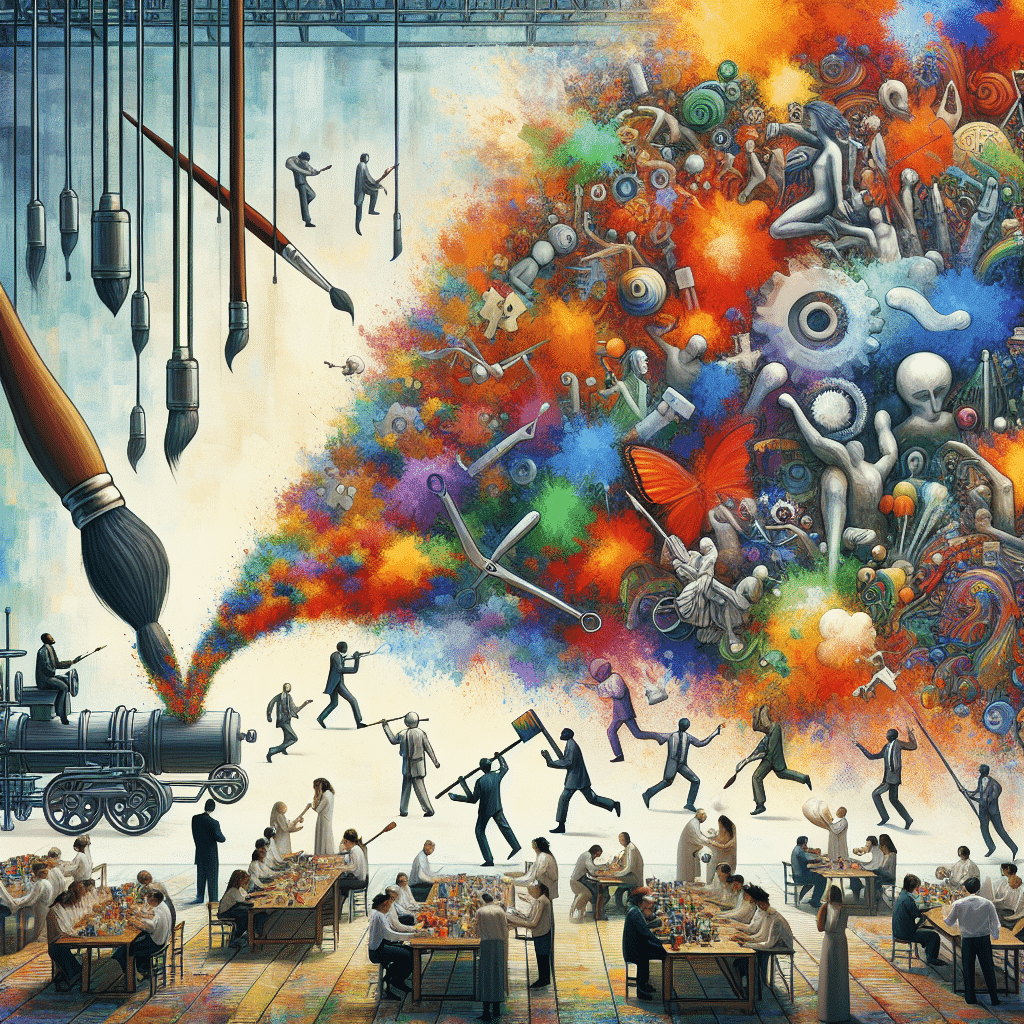
Overcoming Creative Blocks for Enhanced Productivity
Identify and Understand the Block
When facing a creative block, the first step is to identify and understand the block. It’s essential to determine the root cause of the block to find an effective solution. Ask yourself what is hindering your creativity – is it a lack of inspiration, fear of failure, or mental exhaustion?
Take a Break
Sometimes, taking a break from your work can help stimulate your creativity. Engage in activities that you enjoy, such as walking in nature, listening to music, or practicing mindfulness. These breaks can clear your mind, rejuvenate your energy, and help you return to your work with a fresh perspective.
Try a Change of Environment
A change of environment can also do wonders for overcoming creative blocks. Step away from your usual workspace and find a new location where you can work. This could be a coffee shop, park, or even a different room in your home. A novel environment can ignite fresh ideas and boost your productivity.
Brainstorm and Experiment
When you’re stuck in a creative rut, brainstorming and experimenting can help stimulate new ideas. Create a mind map, jot down random thoughts, or engage in free writing exercises. Allow yourself to think outside the box and explore unconventional ideas. This can help break the mental barriers that are inhibiting your creativity.
Seek Inspiration
Inspiration can come from various sources. Look for inspiration in books, articles, artwork, or music. Explore different industries or disciplines that are unrelated to your usual work, as this cross-pollination of ideas can spark innovative solutions. Additionally, engaging with like-minded individuals, attending workshops, or joining online communities can provide inspiration and support.
Practice Self-Care
Self-care plays a crucial role in overcoming creative blocks and enhancing productivity. Make sure to take care of your physical and mental well-being. Get enough sleep, exercise regularly, and maintain a balanced diet. Additionally, prioritize activities that bring you joy and relaxation, such as hobbies or spending time with loved ones. Nurturing yourself allows your creative energy to flow freely.
Stay Persistent
Overcoming creative blocks requires persistence and patience. Understand that creativity ebbs and flows, and there are bound to be periods where ideas don’t come as easily. During these challenging times, stay committed to your creative practice. Show up regularly, even if you don’t feel inspired, and trust that the process will eventually lead to breakthroughs.
Seek Feedback and Collaboration
Feedback and collaboration can provide valuable insights and help overcome creative blocks. Share your work with trusted peers or mentors who can offer constructive criticism and suggestions. Collaborating with others who share similar goals can also generate new perspectives and ideas. Embrace the opportunity to learn from others and foster a supportive creative community.
Fostering a Creative and Productive Work Environment
Creating a Culture of Innovation
A creative work environment is crucial for fostering productivity. To create a culture of innovation, organizations must provide employees with the freedom to express their ideas and take risks. Encouraging collaboration and open communication can also boost creativity and productivity.
Organizations can foster a culture of innovation by encouraging employees to think outside the box and experiment with new ideas. This can be achieved through brainstorming sessions, idea sharing platforms, and regular creative workshops or training programs.
Providing Resources and Tools for Creativity
Equipping employees with the necessary resources and tools can greatly enhance their creative output and overall productivity. This may include providing access to cutting-edge technology, design software, or even a dedicated creative space.
Additionally, organizations can encourage creativity by providing employees with flexibility in their work environment. Allowing remote work or flexible schedules can provide employees with the freedom to work in a way that best suits their creative process.
Encouraging Work-Life Balance
Achieving a work-life balance is essential for fostering creativity and productivity. Prolonged periods of work without breaks can lead to burnout and hinder creative thinking. Encouraging employees to take regular breaks, engage in physical activity, and pursue hobbies outside of work can help maintain a healthy work-life balance.
Furthermore, promoting a positive and supportive work environment can contribute to enhanced creativity and productivity. Recognizing and rewarding employees for their creative contributions can boost morale and motivation.
Embracing Diversity
Embracing diversity in the workplace can greatly enhance creativity and productivity. Different perspectives and experiences bring a wealth of innovative ideas and solutions. By creating a diverse workforce, organizations can tap into a wide range of perspectives and encourage collaboration and creativity.
Organizations can promote diversity by implementing inclusive hiring practices, providing diversity training, and fostering an inclusive and accepting work environment.
Continuous Learning and Development
Encouraging continuous learning and development can help employees stay up to date with the latest trends and techniques, thereby boosting their creativity and productivity. Providing opportunities for professional development, such as workshops, conferences, or online courses, can equip employees with new skills and knowledge.
Moreover, organizations can create a culture of continuous learning by promoting a growth mindset and encouraging employees to seek out new challenges and opportunities for personal and professional growth.
In conclusion, fostering a creative and productive work environment is essential for maximizing productivity. By creating a culture of innovation, providing resources and tools for creativity, encouraging work-life balance, embracing diversity, and promoting continuous learning and development, organizations can unleash the full potential of their employees’ creativity, leading to increased productivity and success.

Summary
Creativity plays a vital role in enhancing productivity, offering numerous benefits for individuals and organizations alike. By encouraging brainstorming and innovative thinking, creative techniques can boost productivity in various ways. Effective time management strategies are essential for maximizing creativity and productivity, ensuring tasks are completed efficiently without sacrificing quality. Overcoming creative blocks is crucial for maintaining productivity, and fostering a creative and productive work environment involves providing the necessary support, resources, and encouragement for employees to thrive.


